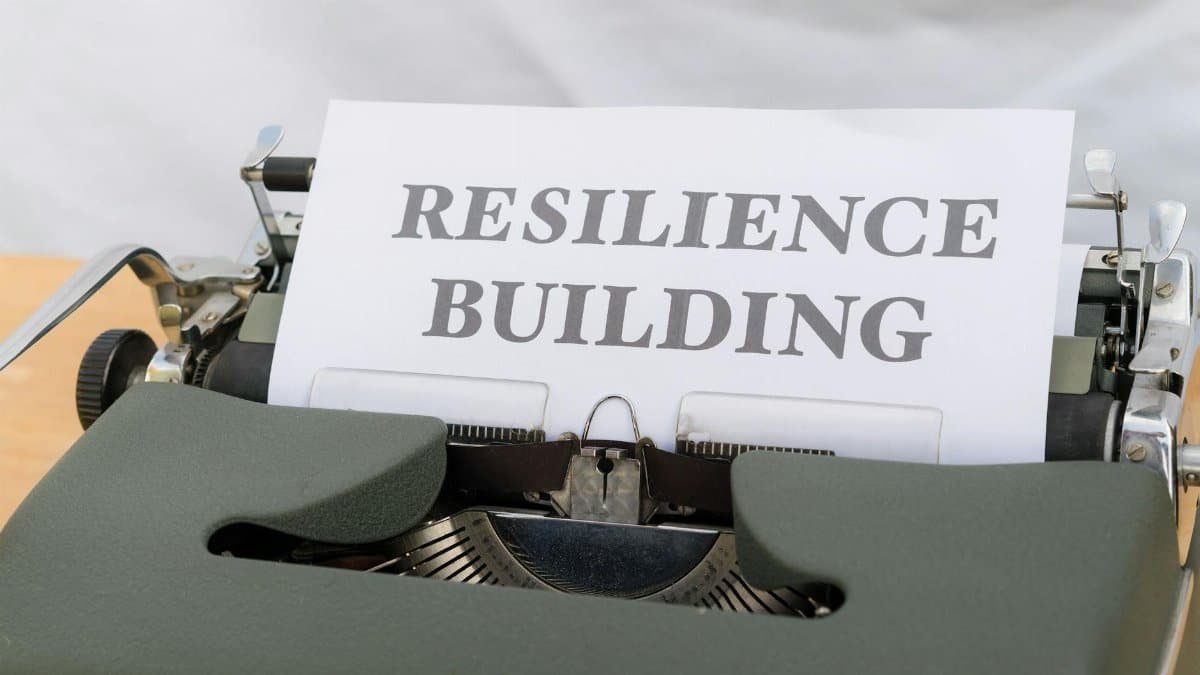A recent study from the National Institutes of Health revealed that nearly 40% of U.S. adults report chronic stress impacting their daily lives, a figure that’s climbed steadily over the past decade. This surge highlights a growing awareness of how our bodies respond to modern pressures, often through the lens of nervous system regulation. At its core, this concept involves tuning the autonomic nervous system—the body’s command center for fight-or-flight responses and restful states—to foster greater emotional stability. For many middle-aged Americans juggling careers, family, and personal health, mastering this regulation isn’t just a wellness trend; it’s a practical tool for building resilience amid uncertainty. As we navigate an era of rapid change in 2025, understanding how nervous system regulation shapes our minds offers a pathway to not only endure but thrive with genuine joy.
The Foundations of Nervous System Regulation

Our nervous system operates like an intricate network, constantly scanning for threats and opportunities. The sympathetic branch revs us up for action, while the parasympathetic calms us down. Nervous system regulation seeks to balance these, drawing from fields like neuroscience and psychology. Stephen Porges, developer of the polyvagal theory, describes how social connections can shift us from stress to safety. This isn’t abstract; it’s rooted in how our vagus nerve influences heart rate and digestion.
Consider a typical workday. Emails pile up, deadlines loom. Without regulation, the body stays in high alert, leading to fatigue. But simple techniques, like deep breathing, can activate that calming response. Research from Harvard Medical School supports this, showing mindfulness practices reduce amygdala activity, the brain’s fear center. One study linked such regulation to lower cortisol levels, easing anxiety over time.
Yet it’s not always straightforward. Some people find their systems wired for hypervigilance due to past traumas. Here, regulation becomes a gentle rewiring, fostering a sense of safety that permeates daily life.
Linking Regulation to Mental Resilience

Resilience isn’t about toughing it out; it’s about bouncing back with grace. Nervous system regulation plays a key role by helping the mind adapt to stressors without overload. When regulated, we process emotions more fluidly, turning potential breakdowns into breakthroughs.
Take Sarah, a 45-year-old teacher from Chicago. After years of burnout, she incorporated somatic exercises—gentle movements that tune into bodily sensations. “It was like flipping a switch,” she shared in an anonymous online account. Suddenly, minor setbacks didn’t spiral into overwhelm. Her story echoes findings from a NIH-funded study on somatic therapies, which found participants reported 25% greater emotional resilience after consistent practice.
This builds over time. Short bursts of regulation, like a five-minute meditation, accumulate into a sturdier mental framework. In 2025, with economic uncertainties lingering, such tools empower individuals to face challenges head-on, emerging stronger.
Of course, resilience varies. For some, it involves community support, where shared regulation—through group yoga or therapy circles—amplifies personal efforts.
Regulation’s Role in Cultivating Joy

Joy often feels elusive in a world of constant demands, but nervous system regulation can unlock it by shifting us toward states of ease. When the body feels safe, the mind opens to positive experiences, allowing delight to surface naturally.
Picture a family gathering where tensions run high. Instead of reacting impulsively, someone pauses, breathes, and responds with calm. This regulated state invites warmth, turning potential conflict into connection. Studies from the University of California, Berkeley’s Greater Good Science Center illustrate this: Regulated nervous systems correlate with higher life satisfaction scores.
One compelling example comes from a wellness retreat participant who described feeling “a quiet euphoria” after breathwork sessions. It’s not magic; it’s biology. By engaging the parasympathetic system, we release feel-good neurotransmitters like oxytocin, fostering bonds and bliss.
Still, joy requires intention. Integrating regulation into routines—perhaps through evening wind-down rituals—transforms fleeting moments into a sustained undercurrent of contentment.
Navigating Challenges in Regulation Practices

Not everyone finds nervous system regulation intuitive. Common hurdles include skepticism or frustration when results aren’t immediate. For middle-aged folks, ingrained habits from decades of high-stress living can resist change.
A man in his fifties, reflecting on his journey, admitted, “At first, it felt pointless—just sitting with my breath.” But persistence paid off, as he noticed subtler shifts in mood. This aligns with research from the American Psychological Association, which notes that initial discomfort often precedes benefits in mindfulness-based regulation.
Another challenge: accessibility. Not all have time for lengthy sessions. Here, micro-practices shine— a quick hand-on-heart gesture during a commute. Yet, socioeconomic factors play in; urban dwellers might face more noise, disrupting focus. Addressing these requires tailored approaches, ensuring regulation isn’t a luxury but a necessity.
Regulation and Healing Relationships

In relationships, nervous system regulation acts as a bridge, helping partners attune to each other’s states. When one person is dysregulated—agitated or withdrawn—it ripples outward. Co-regulation, where we calm together, mends these rifts.
Think of couples therapy sessions where therapists guide breathing exercises. Partners synchronize, fostering empathy. A study published in the Journal of Social and Personal Relationships found that such practices improved communication and reduced conflicts by 30% in participating pairs.
One couple, anonymized from a public forum share, recounted how regulation transformed their arguments. “We used to escalate; now we pause and reconnect.” This isn’t just romantic; it applies to friendships and family, healing bonds strained by life’s pressures.
Spirituality often intersects here, with practices like mindful listening drawing from ancient traditions, adding depth to modern connections.
Integrating Spirituality into Regulation

For many, nervous system regulation intertwines with spiritual growth, offering a pathway to inner peace beyond the physical. Ancient practices, like yoga or meditation, have long emphasized this balance, now backed by science.
In contemplative traditions, regulation is seen as aligning body and spirit. A practitioner might describe it as “tuning into the divine rhythm.” Contemporary research from the Greater Good Science Center supports this, linking spiritual mindfulness to enhanced well-being and reduced depression rates.
Yet tensions arise. Some view it as too “woo-woo,” dismissing the spiritual angle. Balancing evidence-based methods with personal beliefs allows for a holistic approach, where regulation nurtures both mind and soul.
Practical Steps to Get Started

Starting with nervous system regulation doesn’t require overhaul. Begin small: Notice your breath during stress. Apps guide beginners, but the key is consistency.
Try the 4-7-8 breathing technique—inhale for four, hold for seven, exhale for eight. It activates calm swiftly. Or engage in grounding: Feel your feet on the earth, anchoring the present.
Experts recommend tracking progress in a journal, noting shifts in energy. Over weeks, these build resilience and joy, reshaping how we engage with the world.
The Broader Impact on Wellbeing

Beyond individuals, nervous system regulation influences communities. Workplaces adopting wellness programs see lower burnout, as per a Pew Research Center report on employee health trends in 2025.
In schools, teaching kids basic regulation fosters emotional intelligence early. This ripple effect promotes societal resilience, turning personal practices into collective strength.
Ultimately, it’s about reclaiming agency in a chaotic world, where regulation equips us for life’s highs and lows with poise.
Reflections on Long-Term Growth

Growth through regulation unfolds gradually, revealing layers of self-awareness. One might uncover old patterns, releasing them for newfound freedom.
As we age, this becomes vital—maintaining vitality amid change. Stories abound of people in their fifties rediscovering joy, their regulated states opening doors to creativity and connection.
It’s a journey, not a destination, inviting ongoing exploration for a life rich in meaning.
